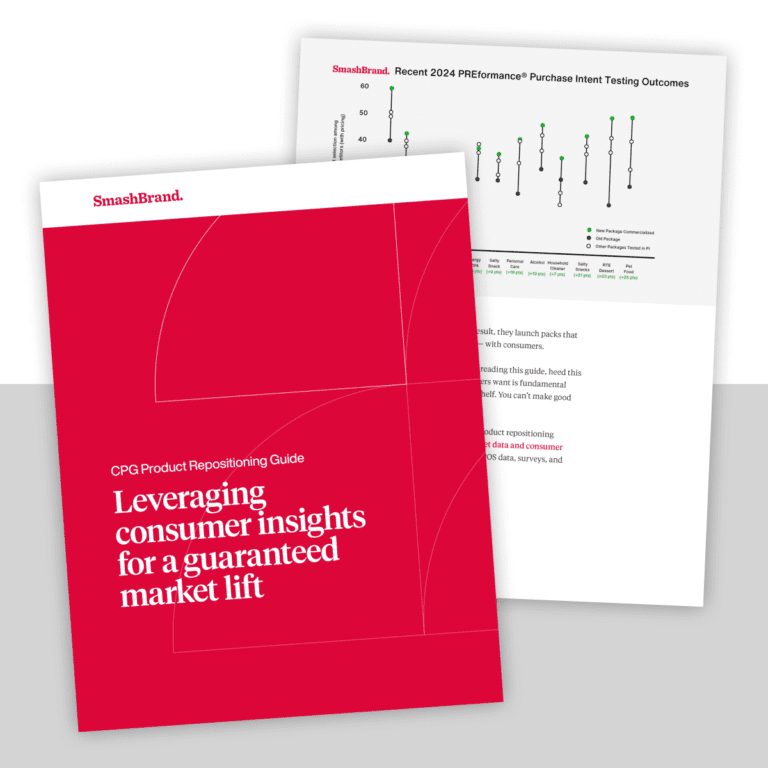Everyone loves cute things, and cute things are, by in large, small (ha!). Teacup poodles, tapas and Vern Troyer have all entered the public’s hearts at one time or another, and small packaging is no different.
While packaging design is largely about product protection and use, marketing is a huge factor, as we’re sure you know. Single people, people who are on the fence about an item and don’t want to commit to large sizes and people who are gung-ho about food portion control are all potential customers. The beauty is that breaking an item down into manageable portions can help boost your revenue stream significantly since fractioned sizes never reflect the actual market value of the whole. The consumer does pay less for a smaller size than for the large, but that amount is nonetheless more than what the customer would pay simply buying the large size and dividing it into the desired segments. But who but the most frugal among us wants to do that?
Food Packaging
Single-serve portions are all the rage. 100-calorie packs; tiny Pepsi Minis and individually boxed meals have appeared on our grocery shelves in the past few years. Part of this is manufacturers yielding to the demands of a public with an expanding waist band, but there is also something sinister afoot.
Reducing product volume is the most efficient method for increasing prices for processed food manufacturers. While we will definitely notice the price going up if we fork over more money at the register, we might not notice a slightly smaller bag of potato chips or a smaller box of seasoned rice. This is a highly common practice, particular’y during economic downturns, and companies never necessarily have to own up to the reduction in volume.
Spinning the Reduction
Product reduction’s beauty is that our current social and political climate has created marketing opportunities galore. We, as a nation, have become obese, arguably unconcerned about the environment and incredibly concerned about our diminishing funds. Small sizes can be spun in effective ways that can mute the fact that the cost-benefit isn’t the consumers’.
Regarding smaller sizes for food items, calorie reduction is the biggest and most effective selling point. Even if the company does nothing to modify the product nutritionally, any food package with fewer items than it previously had will also have fewer calories. However, this reduction also typically means a reduction in packaging, something that is certainly friendlier to the environment, and can also mean greater efficiency of use and longer shelf life once the product is purchased. Portability! Freshness! Fewer calories! More money! Hoorah!
Cute Cosmetics Sizes
There have always been travel sizes for shampoos, shaving creams, toothpaste and mouthwash, but there has been a recent trend for what are called “sample sizes.” Sample sizes wouldn’t really be sufficient even for a single use in many cases, but they are small, they are cute and they give the skittish customer exactly what he or she wants — the chance to see what the product can do.
Sample-sized perfumes, conditioners, styling products, cosmetic creams and other grooming products are fantastic marketing opportunities for luxury items. When it comes to products designed to promote handsomeness and beauty, the public is divided into three categories – those who will never spend money on anything more than a bar of soap; those who leap towards every new product with both feet, and those who want to leap towards the product but need an extra push. Sample sizes provide the extra push. Another great thing about sample sizes? They aren’t free – so the smaller sizes provide a return even if the customer doesn’t graduate to the full size. Sweet!
Small packaging design is a fruitful strategy when your product needs a boost and you don’t have the energy to engage in an entire company rebrand. The best things can come in small packages, which can yield big money. Heaven’s, we sound like mafia dons.
Data-Driven Brand Development
Want a best-selling brand? SmashBrand is a brand development agency for FMCG and CPG companies. From brand strategy to packaging design testing, our Path To Performance™ process guarantees a retail performance lift. Book a time to discuss your project with our team.
Subscribe to
Nice Package.
SmashBrand’s Nice Package: Stay current with our latest insights
Free Resource.

CPG product repositioning guide.
Explore the five undeniable signs your CPG product needs repositioning along with strategies for leveraging consumer insights for a guaranteed market lift.
Download Whitepaper About CPG product repositioning guide.